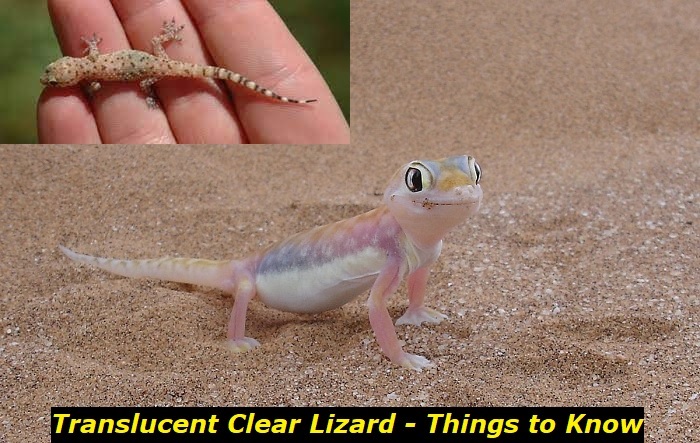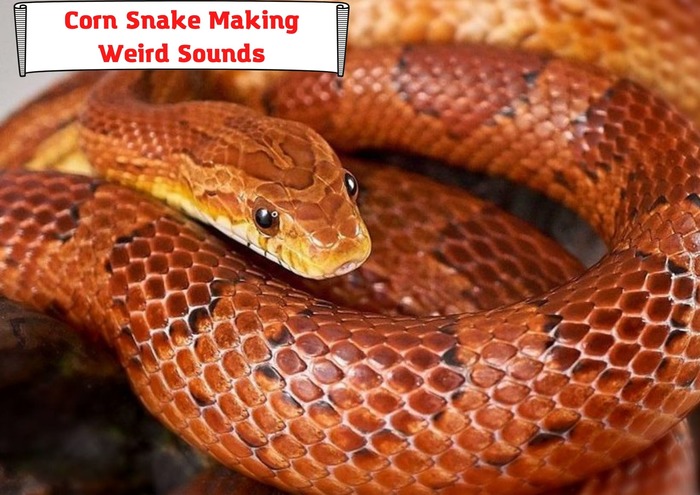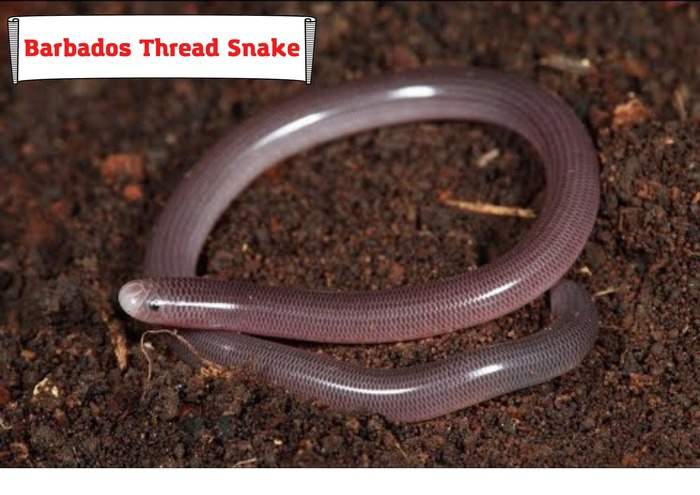A translucent clear lizard is a unique reptile with a white appearance, especially on their bellies or underside. The rest of the lizard’s body is grayish or light brown. The reptile is about 7.5 to 15 centimeters in length and slender. It’s generally a unique and exciting species.
In this article, we will shed light on everything we do know about the translucent clear lizard. We will explore the lizard’s fascinating physical characteristics, habitat, diet, and behavior. Also, we’ll discuss the threats facing this species and the conservation efforts geared toward protecting it.

Let’s dive in!
Physical Characteristics of Translucent Clear Lizard
1) Body Size and Shape
The translucent clear lizard is a relatively small-sized reptile species. It’s between 7.5-15 cm(3-6 in) in length. Notably, the male translucent clear lizards are slightly larger than their female counterparts.
2) Color and Texture
The translucent clear lizard has a distinctive skin color that is partially transparent. Mainly, the lizard’s skin color ranges from grayish-brown to almost transparent, especially on the underside. Additionally, the reptile has irregular dark spots. The lizards can blend well with their surroundings. This reptile’s ability to blend with the surroundings enables it to hide from predators and be better positioned to catch prey.
Regarding the texture, the lizard typically has a smooth and shiny skin texture. The smooth texture is due to the presence of tiny scales that cover their entire body. These scales are thin and flexible and allow the lizard to move without much struggle.
3) Additional Features
Notably, the translucent clear lizards have many other characteristics that generally make them unique and different from other reptiles. The following are some of the special features;
- Do not have eyelids. Unlike most other animals, translucent clear lizards do not have eyelids. Instead, they have a transparent membrane that covers and protects their eyes like snakes and frogs. Notably, they are unable to blink. To clean their eyes, the lizards use their tongues to lick their eyeballs.
- Long tail that easily breaks off. The lizard’s long tail easily breaks off when necessary. Mainly, the breaking off is a defense mechanism the translucent clear lizards use during an attack by a predator. Usually, when threatened or attacked, the lizard drops its held tail and quickly escapes. The predator is left with the tail while the lizard escapes to a safer place.
- Have teeth.Since these lizards are carnivorous, they are born with sharp conical teeth that enable them to capture and consume their prey. Apart from using the teeth for preying on insects and protection, they use the teeth to assist the shedding process. Notably, the teeth regularly fall out and regrow.
- Hairy Toe Pads.Translucent clear lizards have toe pads allowing them to climb virtually any surface, including vertical walls and horizontal ceilings. The toe pads have lots of tiny hairs known as setae. The tiny hairs make the lizard an excellent climber by creating a gravity-defying ability.
- The species is nocturnal, where they are active at night hunting and hide during the day. This adaptation characteristic allows them to avoid the day’s heat and attack predators during the day.
- Make sounds.Translucent clear lizard species make sounds mostly at night to communicate, especially when warding other lizards off their territory. Notably, the voices they produce have other purposes, such as attracting mates, bonding, defense, and warning, among others.
- The lizard’s body tissues regenerate to replace the lost parts. For instance, when a predator grabs the lizard by the tail, it can detach the tail, allowing it to escape, and then the tail will regenerate over time. Also, the lizard sheds old skin to expose a new one. Notably, the reptile can regenerate parts of its brain too.
- Multicolored Vision. The reptile has sensitive eyes that see in low light conditions and can even see in complete darkness. Additionally, the lizards can see colors in the UV, blue, and green spectra. This unique ability enables them to hunt and locate prey or identify potential mates.
Distribution and Habitat of Translucent Clear Lizard
This lizard species is found in almost all parts of the world. The reptile’s generally adaptive characteristics enable it to live in various climatic conditions, mainly in tropical and subtropical regions. The lizard prefers warm and humid conditions; hence it’s found in warm temperate areas. Notably, although initially, the reptile was found in Southeast Asia, today, it’s found worldwide. This wide distribution is through deliberate and accidental introductions.
Today, the translucent clear lizards can be found in Europe, Africa, Asia, and parts of the United States. Mainly, the lizards are present everywhere except in Antarctica. The reptile’s ability to adapt to various environments enables them to live anywhere across various parts of the world.
Notably, you can often find the lizards in the areas around rotting wood and on walls in urban and human dwellings. Therefore, you will find them in open fields, savannas, and rainforests beneath rocks or rotting wood. Alternatively, you will often see them in ceilings and walls in buildings.
Diet and Predation of Translucent Clear Lizard
The translucent clear lizard feeds on various small animals, including insects, wasps, spiders, flies, and bees, among others.
Notably, the translucent clear lizards are preyed on by predators such as birds of prey, snakes, cats, large spiders, and other reptile species. But, although the reptile is preyed on by these predators, it can easily camouflage or escape the attack.
For instance, when threatened, the lizard will try to flee by letting its tail fall off. The lizard’s ability to drop its tail is a necessary adaptation to escape predators. Also, its grayish-brown skin color and nocturnal behavior allow it to camouflage and hide from predators easily.
Reproduction and Life Cycle of Translucent Clear Lizard
The lizards become sexually mature when they are one year old, upon which they begin mating and lay hard-shelled eggs to reproduce. During the breeding season, usually between March to July, both the mature female and male lizards have multiple partners. After mating, the female lizard lays 2 eggs whose incubation period is between 46-62 days.
After the incubation period elapses, the translucent clear lizard’s eggs hatch. Notably, during the first days after the eggs have hatched, the hatchlings or baby lizards do not feed. Instead, they depend on the unconsumed yolk until they shed their skin. Once they have shed their first skin, they begin to fend for themselves by hunting regularly, and they fully mature within one year.
The lizards have a high survival rate since they are adaptive to different conditions where they can easily camouflage and hide from predators preying on them. The lizards can live for up to 7 years.
Behavior and Communication of Translucent Clear Lizard
Translucent clear lizards’ behavior mainly depends on their age and whether they are female or male. For instance, male lizards are territorial and typically found alone. On the other hand, the female translucent clear lizards are social, and you can find them in a group basking in the sun.
Notably, translucent clear lizards are active at night, hunting and hiding during the daytime. Sometimes, the reptiles bask in the sun during the day. However, when the temperature gets too hot, they retreat to shaded areas away from the heat.
Also, translucent clear lizards are excellent climbers; hence you will often see them scaling trees and other vertical surfaces, such as house walls and trees.
Notably, while the reptiles are harmless when attacked, they fight back by biting the predator, producing sounds of distress, or escaping and letting their tail fall off. But, the lizard’s bite is not poisonous and cannot cause serious health issues.
The communication translucent clear lizards communicate with each other through chirping sounds of varying frequencies. The sound varies in tone, duration, and frequency. The chirps depend on the message they want to pass. For instance, the sound they produce during distress will differ from the sound they make when courting a mate.
Are Translucent Clear Lizards a Threat or Endangered Species?
No. Generally, translucent clear lizards are neither a threat nor endangered species. The lizards are harmless and hence pose no significant threat. Importantly, since the lizards are harmless and prefer staying within human dwellings, they are valuable pets around the house. The lizards prey on insects and help keep the insect population around the home in check.
On the other hand, the lizards are an invasive species, quite territorial, and aggressively fight for their survival; hence they are sometimes a threat to small animals in the area they are in.
Regarding their conservation status, nothing much has been done since they are among the least threatened species.
Conclusion
The above information is all we do know about translucent clear lizards. As a species, based on their behavior, and characteristics, the translucent clear lizard generally serves an essential ecological role in the ecosystem by mainly keeping in check the ecological system balance. Eradicating them from the ecosystem would have consequences for the overall balance and functioning of the habitat.
Therefore, it is essential to conserve the lizard since they are harmless and enhance the rich diversity of life in the ecosystem and promote the natural sustainability of the environment.
- Pacman Frog Looks Deflated – What’s Wrong and What to Do? - August 7, 2023
- How to Put Snake Back in Cage after Feeding? Important Concerns - July 31, 2023
- Repta Boost: Instruction, Considerations, Ways to Use - July 24, 2023



